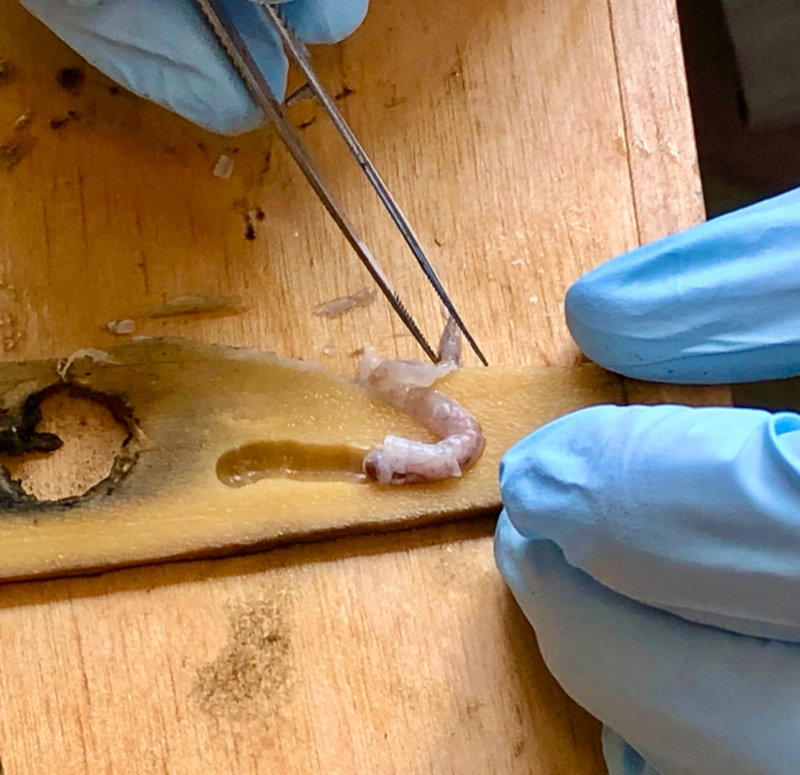For centuries, mariners have been aware of shipworms, also known as “termites of the sea.” These mollusks are known for their ability to aid in shipwrecking and sinking parts of the Spanish Armada. Despite their long history, scientists have only recently been able to determine how shipworms digest wood.
These snake-like creatures have elongated bodies and feed on submerged wood in the ocean, such as tree trunks, logs, docks, and wharfs. Unlike terrestrial insects, shipworms lack the symbiotic microbes needed to digest lignin, the hardest part of wood.
Researchers from the University of Massachusetts Amherst made a breakthrough in understanding how shipworms digest wood by examining an overlooked sub-organ called the typhlosole. They discovered symbiotic bacteria that enable shipworms to digest wood. This discovery sheds light on a long-standing mystery and may have implications for the bioeconomy.
The enzymes produced by these symbiotic bacteria could potentially be used in bio-industrial processes to break down substrates. Additionally, other shipworm symbionts have shown promise as anti-parasitic antibiotics. This finding not only advances scientific knowledge about shipworms but also opens up new possibilities for developing novel biotechnologies.









/cloudfront-us-east-1.images.arcpublishing.com/pmn/K5HI5ML5OFCTZFYNJUG6DI6YN4.jpg)

+ There are no comments
Add yours